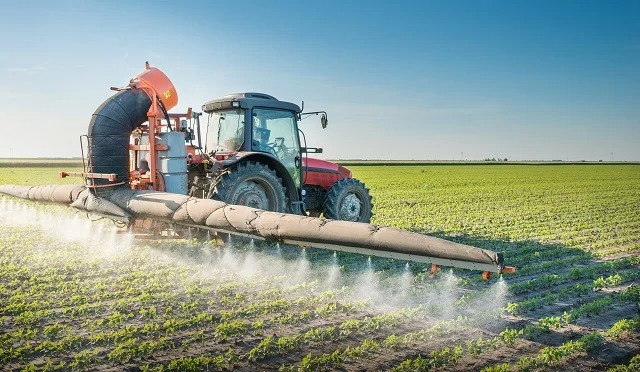
The 45-year-old man cannot stomach another year of drought as it entails starvation for his family, unless donor organisations come to his rescue. He has already lost hope of harvesting any crops from his sandy field.
“I have decided to have my cattle and goats feed on the wilting crops so that at least they can gain weight for the meantime,” said Nendanga.
He is one of the thousands of villagers in Buhera district in Manicaland province who have resigned to fate and have driven their livestock to graze on the wilting crops.
Some of the villagers are stocking the crops to feed their livestock later when all the grass is gone.
“If we don’t do that all our livestock would die this year,” said Amos Chiteke, another villager.
When The Standard toured the area recently, the temperatures were unbearable, forcing most villagers to seek shelter under shades of trees and huts.Even the usually energetic and playful children could not dare brave the sweltering heat.
A local Arex official Robson Masaiti said even drought resistant crops that have been recommended for the areas also wilted this year.
- Chamisa under fire over US$120K donation
- Mavhunga puts DeMbare into Chibuku quarterfinals
- Pension funds bet on Cabora Bassa oilfields
- Councils defy govt fire tender directive
Keep Reading
“For the past three years we have been experiencing food shortages,” said Masaiti. “But this time it is serious because even some crops like sorghum and millet also failed.”
He said the district was also likely to experience serious water and pastures shortage.
“From the look of things, our water sources are not full and the pastures are not enough and very soon livestock will be in danger in this district,” said Masaiti.
MP for Buhera South, Naison Nemadziva said he has started working with the district administrator to source food for the people in the constituency.
“There is no need to hire agriculture experts to tell us that this is another year of drought and I have already talked to the district administrator about that,” said Nemadziva. He said most villagers were travelling as far as Chivhu and Wedza to fetch maize or to do piece jobs for food.
Councillor of ward 20 in Chimanimani district, Zekias Nhachi, said food that is being provided by government has been hijacked by Zanu PF militia, who are distributing it only to their party supporters.
“We have people here who are going to bed without eating anything these days,” said Nhachi. “The situation is really serious. We need food aid here as a matter of urgency.”
Food shortages is Masvingo could further be worsened by the recent ban of 29 non-governmental organisations that were operating in the province.
Already, villagers are feeling the pinch of the ban as some families are surviving on one meal a day.
The United Nations estimates 1,5 million people need food aid in the country. The number of people who need food assistance may increase as most parts of the country received poor rains.
Crop assessment statistics
A crop assessment carried by the Ministry of Agriculture, Mechanisation and Irrigation Development in February this year showed that about 498 144 ha, which represented 30% of the total area planted to maize, was a write off.
“The maize crop in the southern parts of the country such as Masvingo, Matabeleland South and some parts of Matabeleland North were showing signs of temporary and permanent wilting,” says the report. “Stunted growth was evident in Masvingo and Matabeleland South due to lack of rainfall.”
The assessment report says a total of 1 689 608 ha had been planted to maize compared to 2 096 034 ha during the 2010-11 planting season. This is a decrease of 19%.
“This decrease is attributed mainly to the late onset of the season in most parts and dry conditions which prevailed on the southern provinces in January 2012,” says the report.











